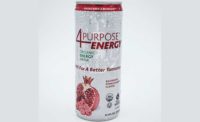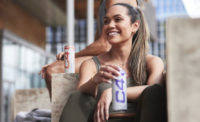Energy Boom


|
The ABA contends that the 13,114 ER cases in 2009 (the most recent year reported) accounted for only a tiny percentage of the country’s 123 million yearly visits to emergency rooms. Furthermore, the ABA asserts that mainstream energy drinks have half the caffeine of an equivalent-sized cup of coffee. Meanwhile, a 2011 report in Pediatrics found that, according to the Centers for Disease Control and Prevention, energy drinks have roughly three times as much caffeine as soft drinks—beverages much more popular among teens. The Pediatrics report did not consider the amount of caffeine or its analogs from energy drink additives, such as guarana, cocoa and yerba maté.
Johns Hopkins University researchers contend the beverages may need increased regulation, arguing caffeine levels can prove problematic for “youthful and inexperienced” consumers. The broad spectrum of ingredients (and amounts of same) in drinks touting themselves as early morning or late-afternoon pick-me-ups have just added to the flak. Ingredients besides direct stimulants—from carbohydrates to protein to vitamins—are being included in drinks that claim to “provide energy.”
Looking for a reprint of this article?
From high-res PDFs to custom plaques, order your copy today!





